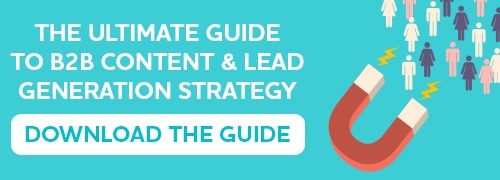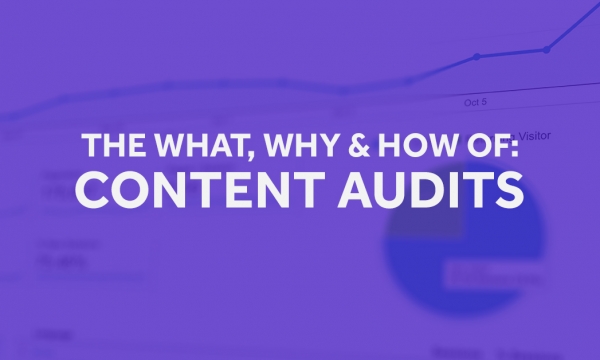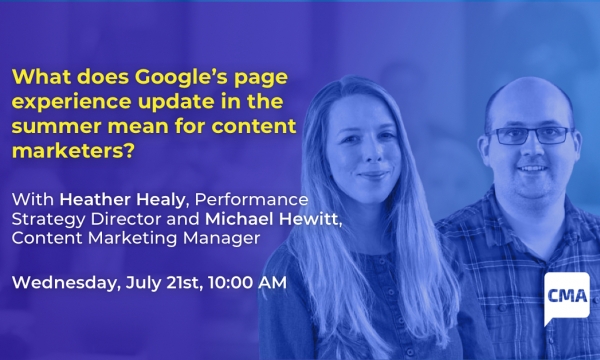
Content marketing is still evolving and while some brands are cracking the code to deliver a consistent stream of stellar content, many are still struggling to make it work for them. Make no mistake – content marketing is challenging and getting your content seen is becoming more of a struggle, particularly in the B2B realm. To cut through the noise and deliver the best in breed, you need a solid strategy.
Set an acquisition infrastructure
Without a proper infrastructure for acquiring leads and customers, your content strategy simply won’t be effective. From the outset, you need to be thinking about the types of customers you want to convert, the volume of leads you want to generate and what methods you need to establish to nurture those leads through a sales funnel. There are four key components you must consider for your infrastructure:
- Acquisition goals: this may include web traffic, sales leads and direct sales.
- KPIs & targets: including sales leads, meetings and direct sales.
- Customer journey: including brand awareness and decision-making support.
- Sales process: including marketing and selling to qualified leads.
Consider your messaging strategies

That’s right, we’re talking strategies, plural. Content shouldn’t be a one-size-fits-all affair; instead your strategy should cater for a range of techniques designed to be effective at specific stages of the acquisition process. Depending on what offering you’re wanting to convert on, your messaging may be ‘soft’, which can include raising awareness, educating or driving traffic, or ‘hard’, such as direct sales or up-selling. The content required for each of these techniques will be different, simply because they serve alternate purposes. This brings us neatly onto the next point.
Map your customer journey

Traditionally, there are three stages to the customer journey: awareness, consideration and decision. Different types of content need to be served to customers during each stage of the journey, for example:
- Awareness stage – you’re helping to inform your customer, feeding them with knowledge and tools they need to address their particular pain points. Typical content types for this stage include blogs, ebooks, webinars, social media posts and reports.
- Consideration stage – here your audience needs to be nurtured and guided towards the decision-making process. Demonstrations, customer testimonials, and case studies are effective here.
- Decision stage – finally, this is the stage where you will demonstrate your expertise and convince the customer to invest in your offering. Typical content types here include product information and analyst reports.
Get to really know your audience
Chances are you have an idea of your average customer. After all, it’s incredibly difficult to plan a marketing, sales and content strategy without knowing who you’re trying to sell to. But most personas devised by branding or traditional marketing teams only scratch the surface.
It’s likely that your organisation talks to a number of different audience groups – all with their own personality traits, needs and problems. If you want to target them effectively it’s vital to build a picture of each segment of this often varied audience. Here are just a few things to consider:
- What are your persona groups and how do they interact with one another?
- Which are your most important personas?
- How do you engage with each of these persona groups at every stage of the process?
Some of your personas will be direct decision makers – the organisational and departmental heads with the power to sign the cheque. But this group is likely to be the hardest to reach. It’s therefore important that your content also appeals to personas that may not have the authority to purchase immediately but have influence on those that do.
Create the right content for your personas

Once you have your personas nailed down it’s vital to ensure they’re clear, concise and understandable for every area of your business. You want everyone to know who they are and what makes them tick, the challenges they face, where they consume content and their preferred means of engagement. This will help you to pull together a content marketing plan that produces assets to target each persona through each stage of the buying and acquisition process.
Understanding how customers actually buy your product or service, the research they undertake during that buying journey and the content they consume as part of the process is key.
Which content to use and when?
In the early stages of the lead lifecycle, your potential customers will be looking to resolve specific issues, implement some form of preventive measure, drive efficiency or otherwise improve their current situation. As they move into the consideration stage, the audience will be researching what is actually available in the marketplace that will meet their needs.
During these awareness stages, your audience’s research will typically lead them to discover editorial content, such as articles and blog posts, which addresses their issue. They’re likely to seek this content from trusted third party sources in the first instance – such as trade publications or forums – but will also turn to brands that they trust.
Further down the line they will be looking for more detailed, longer-form content that provides greater detail and speaks with authority. The content you produce must not only demonstrate that you understand them, but also the problem they need to resolve.
Pulling it all together
It’s at this point that we need to revisit our core acquisition methods and start to match them to our personas and our content. As with the types of content that we use, different acquisition techniques will be more effective at different points in the sales process.
By putting together these three core processes; content creation, audience personas and acquisition strategy, you can start to create a content marketing strategy that is completely integrated into your sales and marketing process, nurtures leads and delivers a measurable return on investment.




